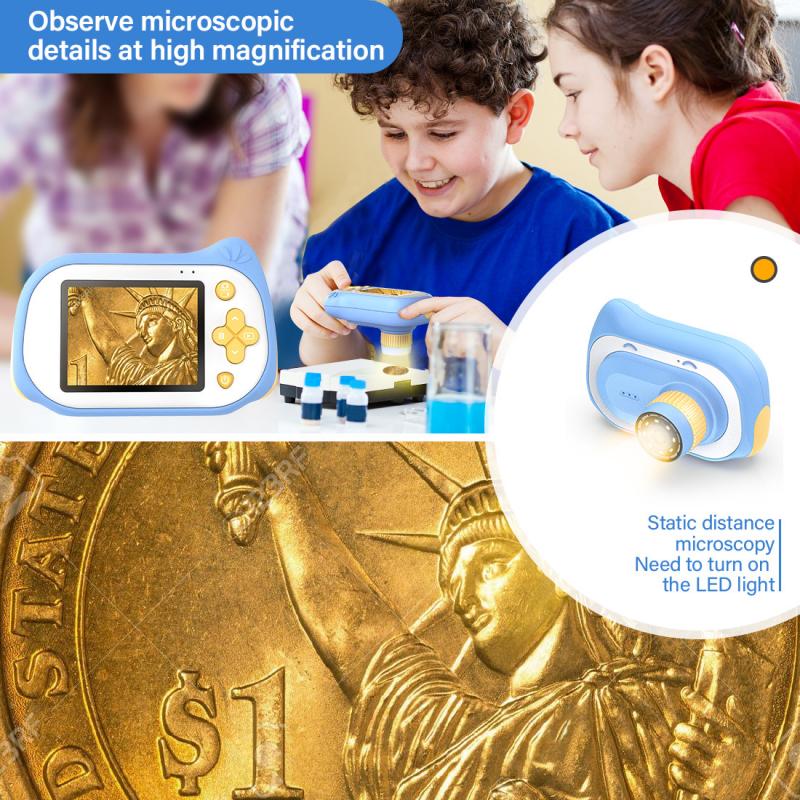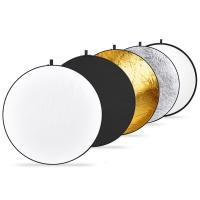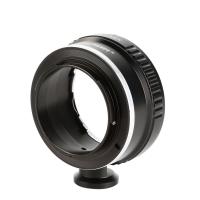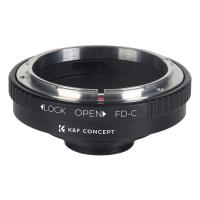How Electron Microscope Works ?
An electron microscope works by using a beam of electrons instead of light to magnify objects. The electrons are focused using electromagnetic lenses and directed onto the object being studied. As the electrons interact with the object, they produce signals that are detected and used to create an image. The resulting image is much more detailed than what can be seen with a traditional light microscope, allowing scientists to study the structure and composition of materials at a much smaller scale. There are two main types of electron microscopes: transmission electron microscopes (TEM) and scanning electron microscopes (SEM). TEMs use a thin sample that is placed in the path of the electron beam, allowing the electrons to pass through and create an image of the internal structure of the sample. SEMs, on the other hand, use a focused beam of electrons to scan the surface of a sample and create a 3D image of its topography.
1、 Scanning Electron Microscopy (SEM)
Scanning Electron Microscopy (SEM) is a powerful imaging technique that uses a focused beam of electrons to create high-resolution images of the surface of a sample. The electron beam is generated by an electron gun and focused onto the sample using a series of electromagnetic lenses. As the beam interacts with the sample, it produces a variety of signals, including secondary electrons, backscattered electrons, and X-rays. These signals are detected by specialized detectors and used to create an image of the sample.
The electron beam used in SEM has a much shorter wavelength than visible light, allowing for much higher resolution imaging. This makes SEM an ideal tool for studying the surface morphology of materials at the nanoscale. In addition to imaging, SEM can also be used for elemental analysis using energy-dispersive X-ray spectroscopy (EDS).
Recent advances in SEM technology have led to the development of new techniques, such as environmental SEM (ESEM) and focused ion beam SEM (FIB-SEM). ESEM allows for imaging of samples in their natural state, such as in a wet or humid environment, while FIB-SEM allows for high-resolution imaging and milling of samples in three dimensions.
Overall, SEM is a powerful tool for imaging and analyzing materials at the nanoscale, and its continued development and refinement will undoubtedly lead to new discoveries and applications in a wide range of fields.

2、 Transmission Electron Microscopy (TEM)
Transmission Electron Microscopy (TEM) is a powerful imaging technique that uses a beam of electrons to create high-resolution images of thin samples. The basic principle of TEM is similar to that of a light microscope, but instead of using light, it uses a beam of electrons that are accelerated to high energies and focused onto the sample.
The electron beam passes through the sample, and the electrons that pass through are focused onto a fluorescent screen or detector to create an image. The resolution of TEM is much higher than that of a light microscope because electrons have a much shorter wavelength than visible light, allowing for the visualization of much smaller structures.
The latest advancements in TEM technology have allowed for even higher resolution imaging, including the ability to visualize individual atoms. This is achieved through the use of aberration-corrected lenses, which correct for distortions in the electron beam caused by the electromagnetic fields of the sample.
In addition to imaging, TEM can also be used for a variety of analytical techniques, including electron diffraction, energy-dispersive X-ray spectroscopy (EDS), and electron energy loss spectroscopy (EELS). These techniques allow for the identification of the chemical composition and crystal structure of the sample.
Overall, TEM is a powerful tool for studying the structure and properties of materials at the nanoscale, and its continued development is driving advances in fields such as materials science, nanotechnology, and biophysics.

3、 Scanning Transmission Electron Microscopy (STEM)
Scanning Transmission Electron Microscopy (STEM) is a type of electron microscopy that uses a focused beam of electrons to scan a sample and create an image. The STEM technique is capable of producing high-resolution images of the sample's internal structure, allowing researchers to study the atomic and molecular details of materials.
The STEM works by focusing a beam of electrons onto the sample, which interacts with the atoms in the sample and produces a signal. The signal is then detected by a detector, which creates an image of the sample. The STEM technique can be used to study a wide range of materials, including biological samples, semiconductors, and metals.
The latest point of view in STEM is the development of aberration-corrected STEM, which uses advanced optics to correct for aberrations in the electron beam. This technique allows for even higher resolution imaging and the ability to study materials at the atomic scale.
Another recent development in STEM is the use of machine learning algorithms to analyze the large amounts of data produced by the technique. These algorithms can help researchers identify patterns and structures in the data that may be difficult to detect by traditional methods.
Overall, STEM is a powerful tool for studying the structure and properties of materials at the atomic and molecular level. With the latest advancements in aberration correction and data analysis, STEM is poised to continue to push the boundaries of our understanding of materials science.

4、 Environmental Scanning Electron Microscopy (ESEM)
Environmental Scanning Electron Microscopy (ESEM) is a type of electron microscopy that allows for the observation of samples in their natural state, without the need for extensive sample preparation. ESEM works by using a beam of electrons to scan the surface of a sample, which then produces an image that can be viewed on a screen.
The electron beam used in ESEM is generated by an electron gun, which produces a high-energy beam of electrons that is focused onto the sample using a series of electromagnetic lenses. The sample is placed in a vacuum chamber, which allows the electrons to travel unimpeded and prevents the sample from being damaged by air molecules.
One of the key advantages of ESEM is its ability to operate at low pressures, which allows for the observation of samples that would be damaged or destroyed by traditional electron microscopy techniques. This makes ESEM particularly useful for the study of biological samples, as well as materials that are sensitive to high-energy electrons.
Recent advances in ESEM technology have focused on improving the resolution and sensitivity of the technique, as well as developing new methods for sample preparation and analysis. For example, researchers have developed new imaging modes that allow for the observation of samples in three dimensions, as well as techniques for analyzing the chemical composition of samples using energy-dispersive X-ray spectroscopy.
Overall, ESEM is a powerful tool for the study of a wide range of materials and biological samples, and its continued development is likely to lead to new insights and discoveries in a variety of fields.








































